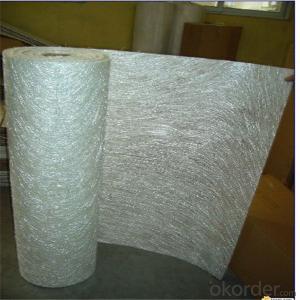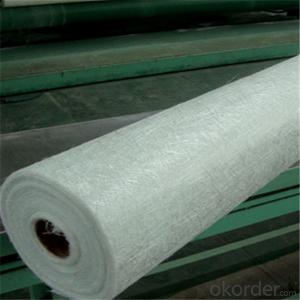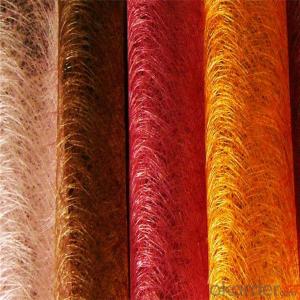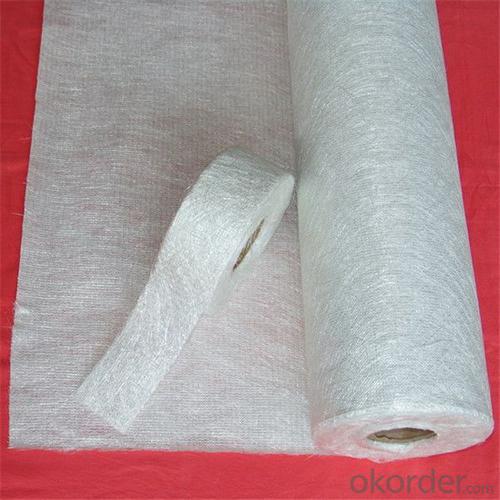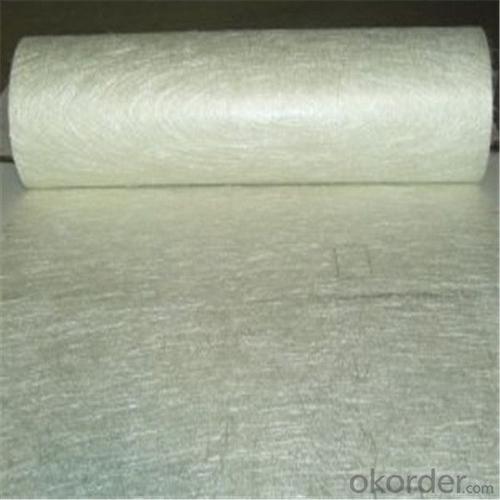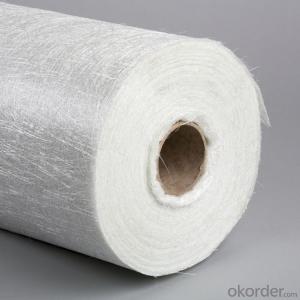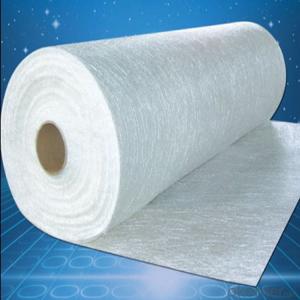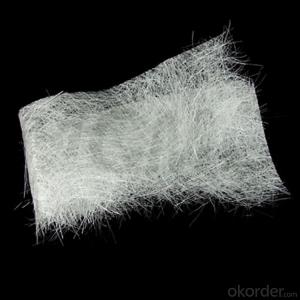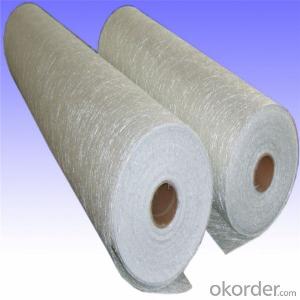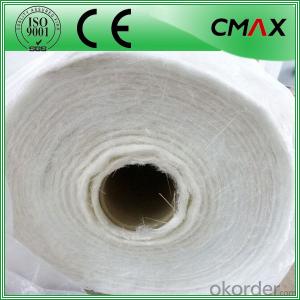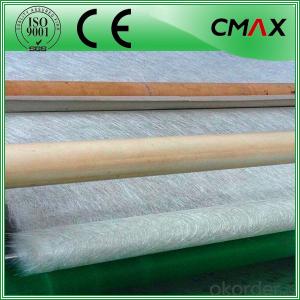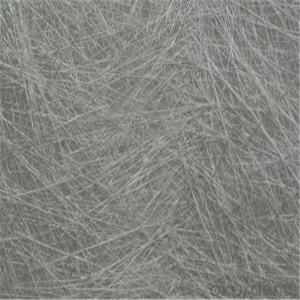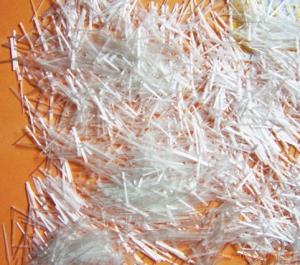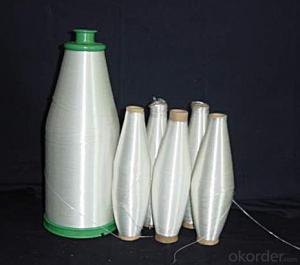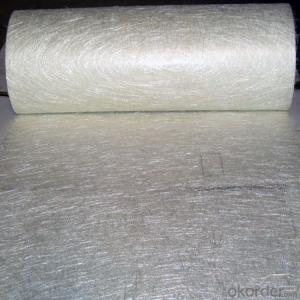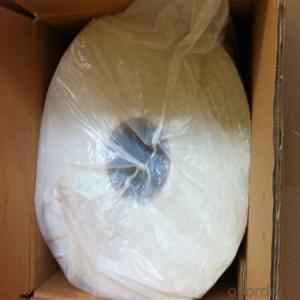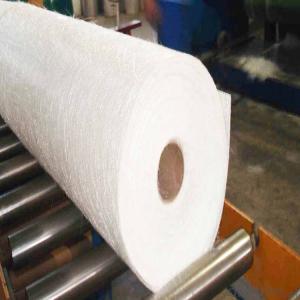Fiberglass Chopped Strand Mat for Sale for Repair
- Loading Port:
- Tianjin
- Payment Terms:
- TT OR LC
- Min Order Qty:
- 100 m.t.
- Supply Capability:
- 20000 m.t./month
OKorder Service Pledge
OKorder Financial Service
You Might Also Like
Quick Details
| Technique: | Chopped Strand Fiberglass Mat (CSM) | Dimensions: | according to customer's request | Mat Type: | Stitch Bonding Chop Mat |
| Fiberglass Type: | E-Glass | Softness: | middle | Place of Origin: | Jiangxi, China (Mainland) |
| Brand Name: | cnbm | Model Number: | CSMEP100,CSMEP120,CSMEP200,etc | Product: | Cooling Tower Building Glass Fiber Fiberglass Chopped Strand Mat(csm) |
| Color: | White | Width: | 1040mm,1250mm,ect. | Area weight: | 225-900g/m2 |
| Application: | filament winding,panpel,ect |
Packaging & Delivery
| Packaging Details: | Each roll in one polybag then to an export carton. |
| Delivery Detail: | Within 18 days after confirm order |
Fiberglass Chopped strand mat
Powder Strand Mats Product Features:
1) Uniform density ensures consistent fiberglass content and mechanical properties of the composites products.
2)Uniform powder distribution ensures good mat integrity, little loose fibers and small roll diameter.
3) Excellent flexibility ensures good mold ability with no spring back at sharp angles.
4)Fast and consistent wet-out speed in resins and rapid air lease reduce resin consumption and production cost and enhances productivity and mechanical properties of the end products.
5)The composite products have high dry and wet tensile strength and good transparency.
Picture
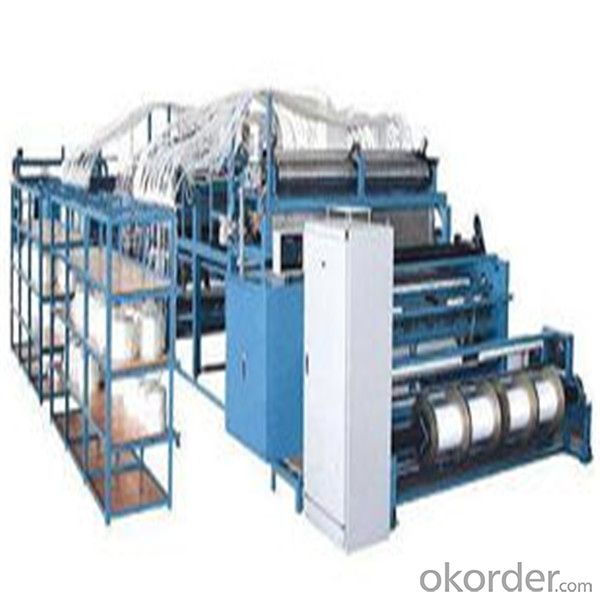
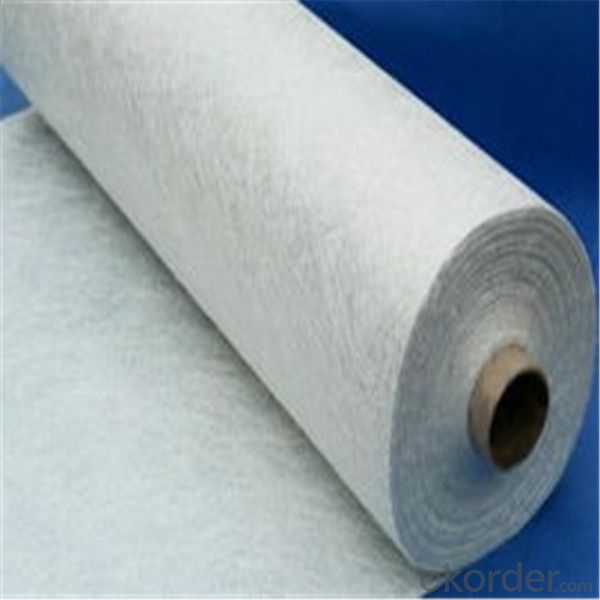
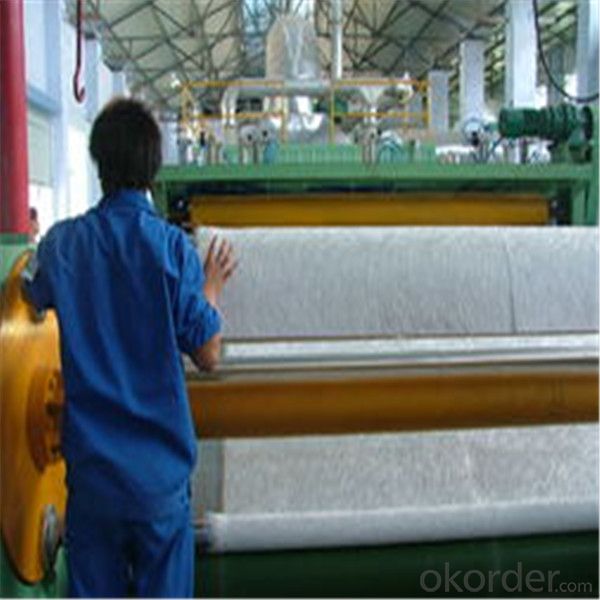
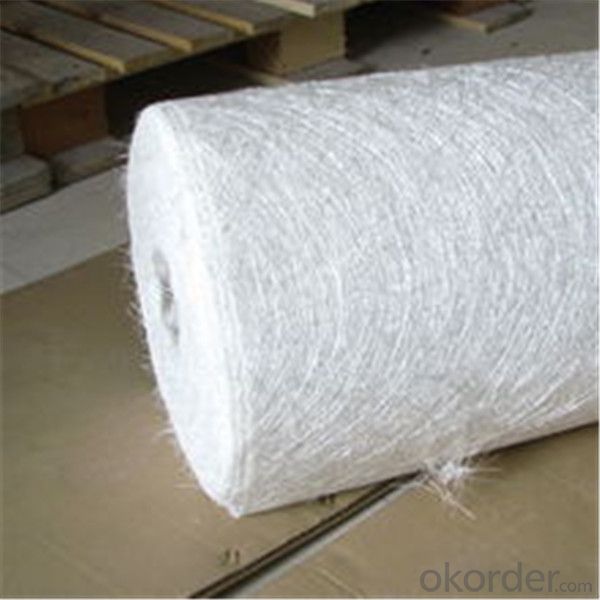
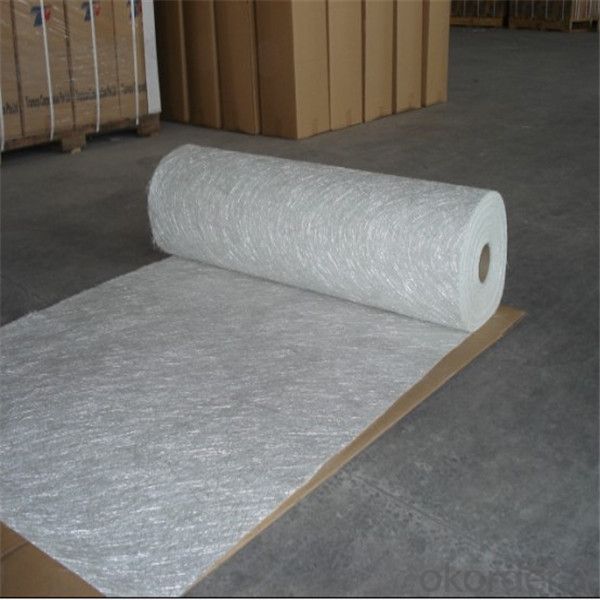
- Q: How does the length of the fiberglass chopped strand affect its performance?
- The length of the fiberglass chopped strand has a significant impact on its performance. Generally, shorter strands provide better mechanical properties such as tensile strength, impact resistance, and dimensional stability. This is because shorter strands can disperse more evenly within the resin matrix, resulting in a higher fiber-to-resin ratio and better load transfer between the fibers. Shorter strands also promote better wet-out and impregnation of the resin, leading to improved adhesion and bonding between the fibers and the matrix. This enhances the overall strength and stiffness of the composite material. On the other hand, longer strands are usually more cost-effective and easier to handle during processing. However, they may not provide the same level of mechanical properties as shorter strands. Longer strands can also lead to increased fiber entanglement and difficulty in achieving uniform fiber dispersion. In certain applications where flexibility or impact resistance is crucial, longer strands may be preferred. However, for most structural or load-bearing applications, shorter strands are typically more advantageous due to their superior performance characteristics.
- Q: What is the typical length of fiberglass chopped strand?
- The length of fiberglass chopped strand can vary depending on the specific application or industry in which it is utilized, resulting in a typical range. The frequently employed lengths span from 1/8 inch (3 mm) up to 1 inch (25 mm).
- Q: Plastic fiber content in how to detect, there are no professional instruments?
- The high temperature burned the plastic part and the remaining ash was fiberglass. X light can also be used to produce the content depending on the spectrum of the light produced.
- Q: Is fiberglass chopped strand resistant to corrosion?
- Negative, fiberglass chopped strand does not possess inherent resistance to corrosion. Fiberglass, being a composite material comprising glass fibers and a resin matrix, does not undergo corrosion as metals do. Nevertheless, the resin matrix employed in fiberglass can be vulnerable to corrosion caused by specific chemicals or environmental circumstances. Consequently, in situations where the prevention of corrosion is a concern, supplementary steps like applying corrosion-resistant coatings or opting for an alternative material might be required.
- Q: What are the safety considerations when working with fiberglass chopped strand?
- There are several safety considerations to keep in mind when working with fiberglass chopped strand. Firstly, it is crucial to don appropriate personal protective equipment (PPE). This entails wearing gloves, safety goggles, and a dust mask or respirator. Fiberglass chopped strand can generate fine airborne particles that can irritate the skin, eyes, and respiratory system when cut or disturbed. Wearing PPE helps minimize the risk of exposure to these particles. Furthermore, working in a well-ventilated area is essential. Handling or cutting fiberglass chopped strand can release fumes or dust that can be harmful if inhaled. Ensuring proper ventilation in the working area, such as using fans or opening windows, aids in reducing the concentration of these particles in the air. Another important safety consideration is to avoid direct skin contact with fiberglass chopped strand. The fibers can cause skin irritation or allergic reactions, particularly if they are sharp or jagged. Handling the material with care and refraining from touching it directly with bare hands is crucial. Moreover, it is vital to dispose of any waste material or scraps properly. Regular trash bins are not suitable for fiberglass chopped strand disposal as it can pose a risk to waste management workers. It is advisable to adhere to local regulations and guidelines for its appropriate disposal, which may involve recycling or special waste collection. Lastly, educating oneself on the proper handling and storage of fiberglass chopped strand is crucial. This includes understanding the manufacturer's instructions and guidelines for safe use. By following these recommendations, the likelihood of accidents or injuries can be minimized. In conclusion, managing the safety risks associated with working with fiberglass chopped strand can be effectively achieved by wearing appropriate PPE, working in a well-ventilated area, avoiding direct skin contact, properly disposing of waste material, and familiarizing oneself with safe handling practices.
- Q: how long is the minimum length of the chopping glass fiber?
- 5mm, 12mm, 3mm, 9mm.5mm, 6mm, 41, 24mm, etc.
- Q: How to produce automotive front and rear fender-guard.
- 3) hand paste resin with low molecular weight; 2) glass fiber content can not be too high, carbon fiber, woven roving (cloth) etc.. Although the thick aramid fabric is difficult to be soaked with resin manually. (2) The raw material is unsaturated polyester resin; 2) It can be formed at room temperature. Operate the layer repeatly for several times. (3) the advantage 1) It is suitable for the production of a small amount of solvent. The mechanics and thermal properties are limited because of the high techinicals.
- Q: What are the typical curing conditions for fiberglass chopped strand composites?
- The curing conditions for fiberglass chopped strand composites can vary depending on the specific application and desired properties. However, there are common factors that are typically considered during the curing process. Temperature is crucial for curing fiberglass chopped strand composites. Generally, the curing temperature ranges from 100°C to 180°C (212°F to 356°F). This temperature range effectively activates the resin matrix, resulting in the desired strength and durability of the composite material. Curing time is another important factor influenced by various factors such as resin type, composite thickness, and desired properties. Typically, curing time ranges from a few minutes to several hours. It is crucial to expose the composite to the appropriate curing conditions for optimal results. Pressure is also considered during curing. Applying pressure to the fiberglass chopped strand composite improves material consolidation, reduces voids, and enhances mechanical properties. The pressure applied can range from a few psi to several hundred psi, depending on specific requirements. Additionally, catalysts or accelerators may be necessary to expedite the curing process. These additives reduce curing time and enhance overall efficiency. It is important to note that curing conditions may vary based on resin system, desired properties, and manufacturing process. Therefore, referring to the manufacturer's recommendations and guidelines is essential for determining optimal curing conditions for a particular fiberglass chopped strand composite application.
- Q: Is fiberglass chopped strand compatible with vinyl ester resin?
- Yes, fiberglass chopped strand is compatible with vinyl ester resin. Vinyl ester resin is a type of thermosetting resin that is commonly used in fiberglass composite applications due to its excellent chemical resistance, mechanical properties, and high heat resistance. Fiberglass chopped strand, which consists of short fibers of glass, is often used as a reinforcement material in composite fabrication. When combined with vinyl ester resin, the chopped strand helps to enhance the strength and stiffness of the composite material. The resin binds the chopped strand fibers together, creating a strong and durable composite that is resistant to various chemicals and environmental conditions. Therefore, fiberglass chopped strand and vinyl ester resin are compatible and can be successfully used together in composite manufacturing processes.
- Q: How does fiberglass chopped strand affect the weight of products?
- The weight of products can be significantly affected by fiberglass chopped strand. Chopped strand, which consists of small, cut fibers of fiberglass material, increases the overall weight when introduced into a product or material. This occurs because fiberglass itself is relatively lightweight, but when incorporated as chopped strands, it enhances the density and weight of the end product. The desired weight and strength requirements can be achieved by adjusting the amount of chopped strand added. Furthermore, the weight of the product can also be influenced by the length and thickness of the strands. Longer and thicker strands contribute more weight compared to shorter and thinner ones. Ultimately, the inclusion of fiberglass chopped strand effectively elevates the weight and structural integrity of products.
Send your message to us
Fiberglass Chopped Strand Mat for Sale for Repair
- Loading Port:
- Tianjin
- Payment Terms:
- TT OR LC
- Min Order Qty:
- 100 m.t.
- Supply Capability:
- 20000 m.t./month
OKorder Service Pledge
OKorder Financial Service
Similar products
Hot products
Hot Searches
Related keywords


